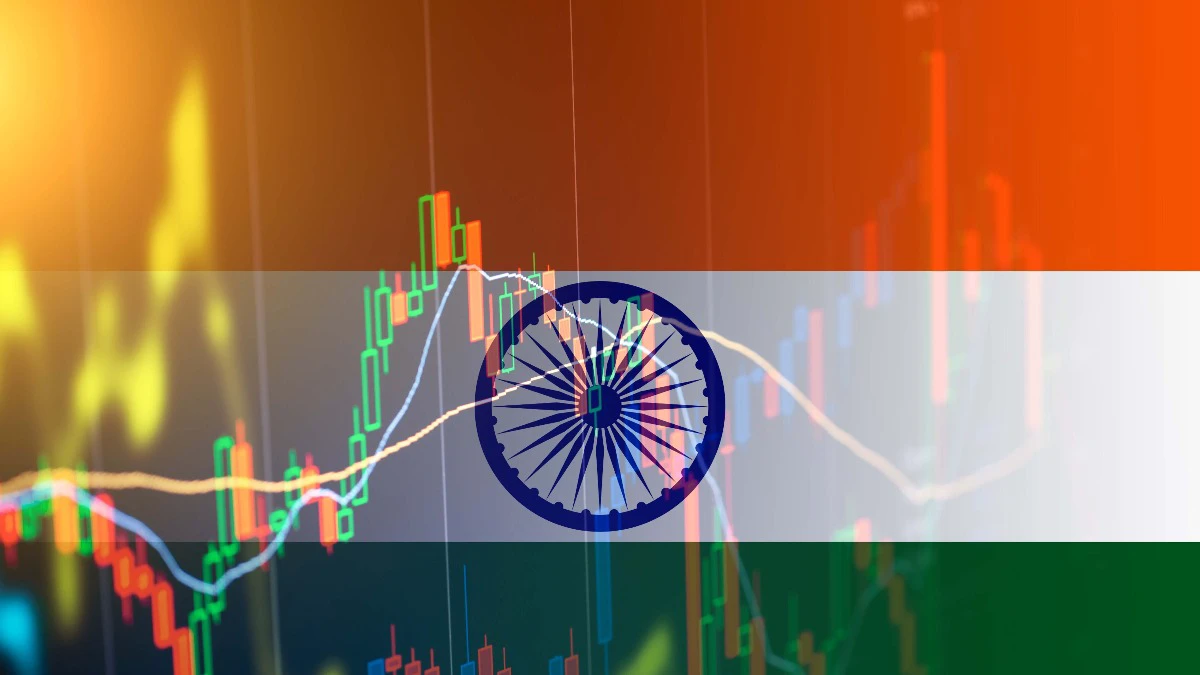The Centre is expected to meet its fiscal deficit target of 4.4% of the GDP in FY26, but analysts have raised concerns over slowing tax revenues due to cuts in income tax and goods and services tax (GST).
As per the data of the Controller General of Accounts, India’s fiscal deficit was contained at Rs 5.98 lakh crore between April and August, amounting to 38.1% of the full year target. This was slightly higher than the Rs 4.35 lakh crore or 27% of the Budget Estimate last fiscal in the same period.
Net tax revenue was at Rs 8.1 lakh crore in the first five months of FY26 or 28.6% of the Budget Estimate while revenue receipts stand at 36.6% of the full year target. Total receipts amounted to Rs 12.82 lakh crore between April and August 2025, amounting to 36.7% of the full year target. Total expenditure in the period was slightly higher at Rs 18.8 lakh crore or 37.1% of the BE.
Analysts have flagged the lower net income tax collections as a worry and have also noted that the cuts in GST rates could lead to further revenue losses. Between April and August 2025, net income tax collections were Rs 4.4 lakh crore, which was 2.5% lower than Rs 4.52 lakh crore a year ago.
“Even as income tax collection growth rate likely improves in September to March period, we expect about Rs 2 lakh crore shortfall on this front. This will be only partly offset by an estimated about Rs 30,000 crore outperformance versus the budgeted target for corporate tax,” said a report by Barclays India.
“The fiscal deficit trajectory is treading on thin ice this year. April – August 2025 fiscal deficit trend indicates a real risk of a slippage. Revenue foregone due to GST rate rationalisation and faltering nominal GDP growth rate add to those concerns. Though tight, we think there is room to meet the fiscal deficit ratio target this year, and expect the government to adhere to it,” the report further said.
Devendra Pant, Chief Economist, India Ratings & Research also noted that the government’s fiscal position is at crucial juncture.
“While the steps such as income tax cut and GST rate rationalization are aimed at increasing consumption demand, higher loans and advances are aimed at providing support to investment demand in the economy. The fiscal arithmetic hinges on how the GST rate rationalisation impacts consumption demand in the economy, if the initial data on car sales in the festive season is an indication there is a chance that the consumption demand will rise and will be able to compensate some of GST losses due to rate rationalisation,” he said.
He also pointed out that central GST collection till August 2025 grew 5.2% as against the budgeted growth of 11.3%.
Madan Sabnavis, Chief Economist, Bank of Baroda pointed out that the highest fiscal deficit between April and August 2025 vis-à-vis a year ago is due to two factors. The first is that on account of elections the government spending was restricted in the first quarter of last year. Second, in the current year the expenditure has been within the targets, but revenue has been slower.
“It does look like that the overall fiscal deficit target will be retained as is also borne out from the borrowings calendar for second half of the year,” he pointed out.
The Centre plans to plans to borrow Rs 6.77 lakh crore in the second half of the fiscal year and has cut its borrowing plan by Rs 10,000 crore, taking the total borrowing in FY26 to Rs 14.72 lakh crore as against the Budget Estimate of Rs 14.72 lakh crore.
